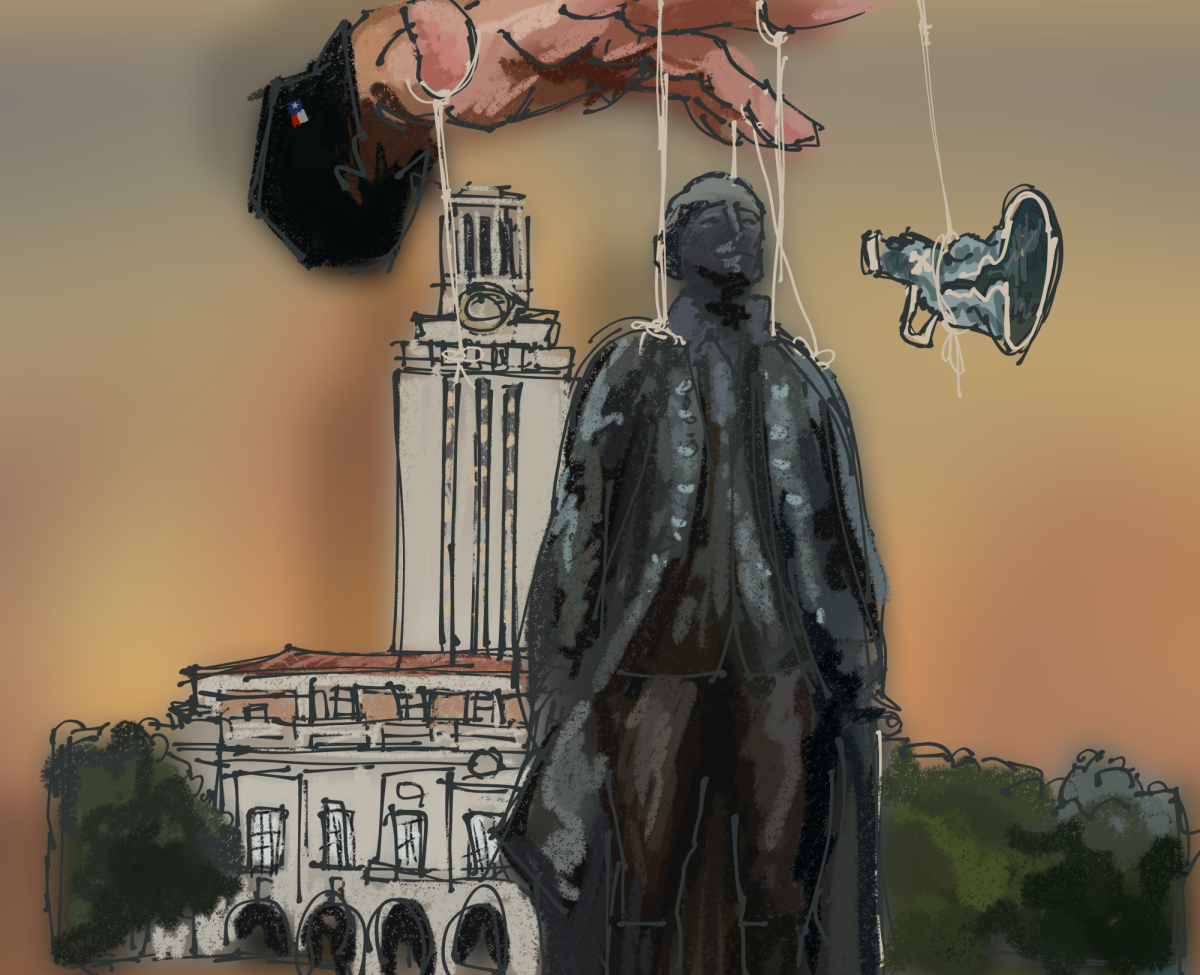As COVID-19 continues to impact the health and safety of people around the world, online learning has been the go-to method for academic instruction. Specifically, synchronous instruction has seen a major uptick in schools across the nation. However, while synchronous learning, where students attend lectures in real time, can offer a less isolated and more direct form of learning, it also poses some major problems.
In a study conducted by WhistleOut, 65% of respondents stated that their video calls had cut out, froze or disconnected and “prevented them from getting their work done during the coronavirus crisis.” For students who aren’t living in a location with reliable internet service, synchronous learning means possibly missing out on crucial lectures and information.
Additionally, synchronous learning presents difficulties for students living in different time zones. In an article published by The Daily Texan this past spring, many UT students talked about having to wake up in the middle of the night just to attend their lecture.
There is a serious problem when students have to sacrifice their physical and mental well-being just to attend class. In order for all students to have equitable access to education, regardless of their time zone, internet reliability or living situation, all online courses should have an asynchronous option.
In asynchronous learning, learning takes place outside a set time and is self-paced, allowing students flexibility in their schedule, unlike synchronous learning. Instead of having to attend a prearranged lecture, students can learn from uploaded videos, readings and class recordings.
Rebecca A. Zárate, a quantitative methods graduate student, graduate research assistant for the Department of Population Health and teaching assistant for the Department of Educational Psychology, is offering both an online synchronous and asynchronous section for her Intro to Statistics course this fall.
“We can't expect everybody to do synchronous learning,” Zárate said. “It just seems important to have a good asynchronous option for people to use … especially now that we have the infrastructure to do it all.”
According to Zárate, the assignments, due dates and office hours are the same for both courses. The only difference is students who chose the asynchronous option are not required, but still allowed, to attend lectures. Additionally, all students will be able to access asynchronous prerecorded videos covering all of the course content, along with recordings from the live synchronous class meetings held on Zoom.
This mix of instructional methods is the best option for learning because students can choose what routine is best for them and their needs. By not enforcing lecture attendance and providing online access to course materials for everyone in the class, it limits the othering of students who often feel ostracized when asking for accommodations.
However, asynchronous does not just mean posting lectures and expecting students to have a full educational experience. Just because a student chooses asynchronous learning does not mean they should have to compromise the quality of their education.
According to Zárate, instructors who don't currently have an asynchronous option but would like to transition to that method should focus on fostering student interaction. Professors can achieve this by creating good, engaging content on Canvas and within their lectures.
While students have always needed the accommodations set forth by asynchronous learning, COVID-19 has caused a shift in education by proving that universities have the capability and infrastructure to support these needs. By requiring every course to offer an asynchronous option, UT is ensuring that every student, regardless of their living situation, is able to have a quality education.
Lopez is a rhetoric and writing junior from Nederland, Texas.





















